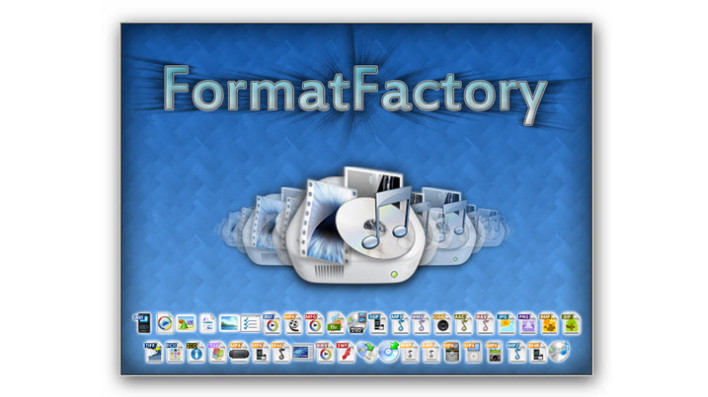
Note: Ensure that your Internet connection is stable before you initiate this procedure before initiating this procedure.
Once you manage to get inside the elevated CMD prompt, type the following command in the same order and press Enter to initiate a DISM scan: Dism.exe /online /cleanup-image /restorehealthĭism.exe /online /cleanup-image /scanhealth. When you’re prompted by the UAC (User Account Control) prompt, click Yes to grant administrative privileges. Next, type ‘cmd’ inside the text box, then press Ctrl + Shift + Enter to open up the Command prompt with admin access. Press Windows key + R to open up a Run dialog box. Here’s a quick step-by-step guide that will guide you through the entire process: In order to maximize your chances of resolving the issue, we encourage you to run both types of scans in order to improve our chances of fixing every corrupt instance that might end up causing the 0xc0000906 error. DISM is better at fixing system processes while SFC is superior when it comes to fixing logical errors. When it comes to achieving this, both DISM (Deployment Image Servicing and Management) and SFC (System File Checker).Īlthough they operate a little differently, both will ultimately help you achieve the same goal. 
If this scenario is applicable, the most efficient way of resolving the issue is to run a series of built-in utilities that are capable of fixing logical errors and system file corruption among the operating system files.

The 0xc0000906 error code is often linked to instances where the system previously suffered some alterations (like an OS upgrade, a security scan that ended up quarantining some items or an unexpected machine interruption). If this scenario is applicable, you should be able to fix the issue by using the System Restore utility to restore your machine state back to a healthy state.Īs it turns out, in the vast majority of cases, this error is occurring due to some type of system file corruption.
Recent system change – As it turns out, it’s also possible that a recent machine changes such as some 3rd party installation or a driver update might end up interfering with some DLLs responsible for launching 3rd party apps. If this scenario is applicable, you can resolve the issue by trying to repair the corrupted files via DISM or SFC or by refreshing each OS component via a repair install or a clean install procedure. System File Corruption – In most cases, this particular issue is caused by some type of system corruption that is interfering with a couple of DLLs responsible for launching applications.






 0 kommentar(er)
0 kommentar(er)
